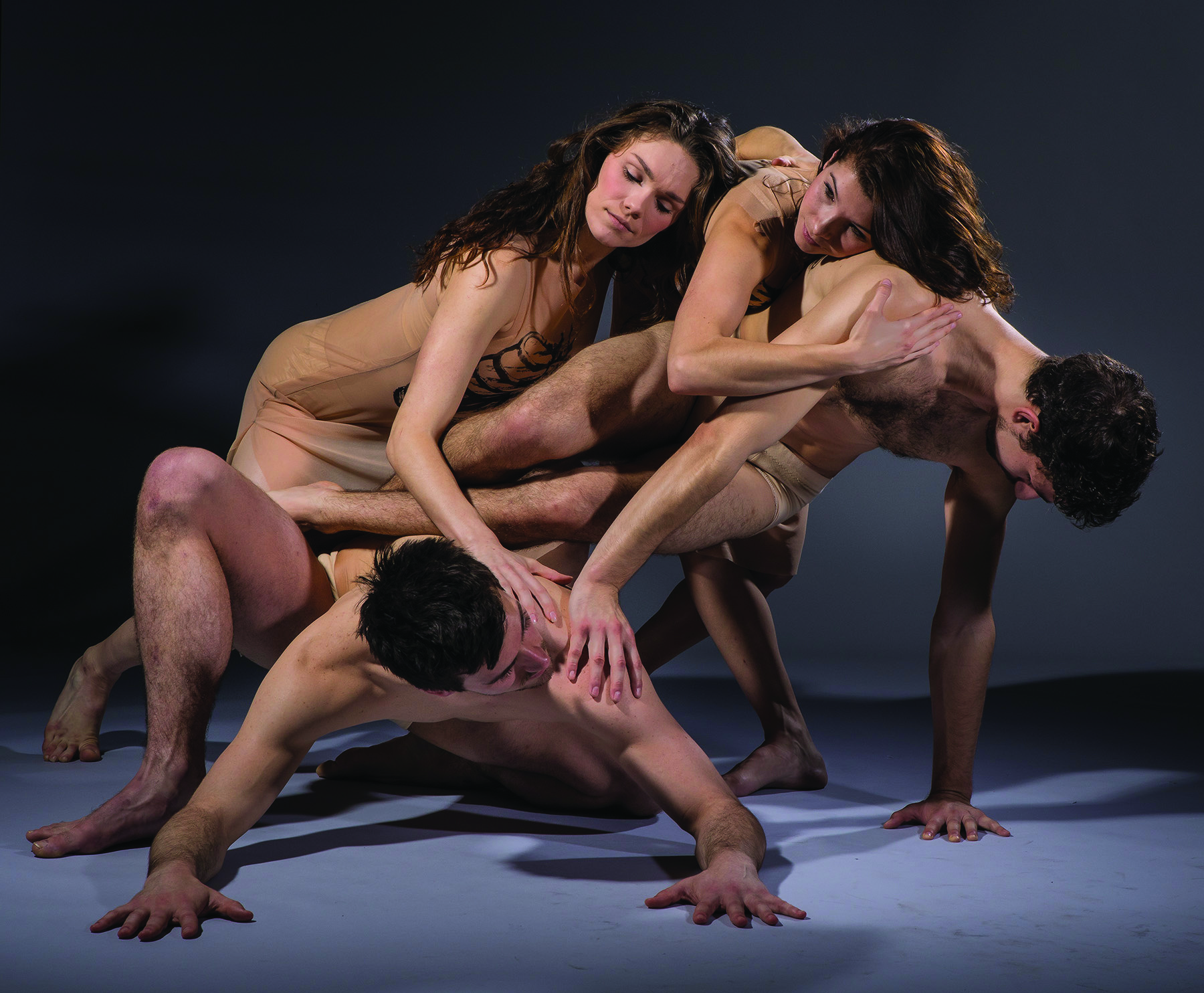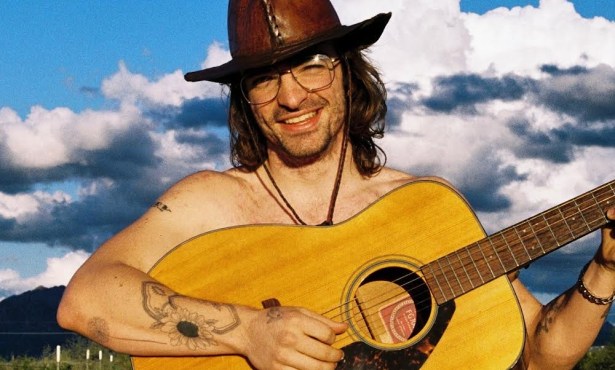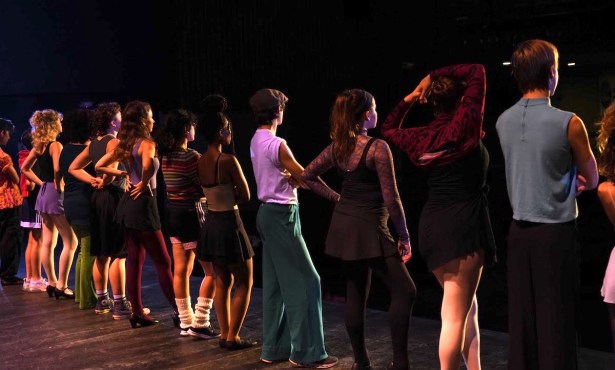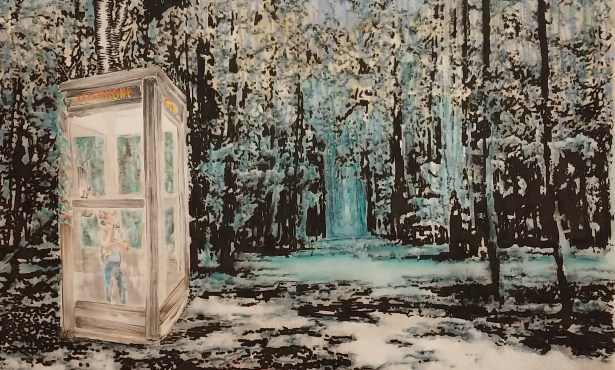State Street Ballet’s New Spin on ‘Rite of Spring’
Edgar Zendejas Puts New Moves on Stravinsky

Asked to name the 20th century’s most revolutionary work of art, different people will give different answers. If, while you are debating this question, you put on Igor Stravinsky’s Rite of Spring in the background, you may continue the conversation. But somewhere around minute 10 or 11 of the first movement, it is likely you will stop. We have a winner, and it is Rite of Spring. There are other contenders — Picasso’s “Les Demoiselles d’Avignon” and James Joyce’s Ulysses to name two — but nothing outshines the brilliance of Stravinsky’s dazzling musical gesture, which the composer himself described as “a sacred terror in the noonday sun.” Stravinsky calibrated his composition’s brash style perfectly to express the dawning of a new era in society.
Rite of Spring’s May 1913 premiere famously set off a riot among the tres branché audience at the Théâtre des Champs-Elysées in Paris, and while historians often cite Stravinsky’s music as its cause, the evening’s choreography by Vaslav Nijinsky was just as provocative. From the beginning, Rite of Spring was a composite work requiring movement as well as sound to complete its meaning. By asking the dancers of the Ballets Russes to go beyond their classical training in search of realistic movement and dark drama, Nijinsky discovered a potent formula: Set cutting-edge contemporary choreography on classically trained ballet dancers, add great modern music, and voilà! You have the optimal conditions for a fashionable riot.
This Saturday, February 18, State Street Ballet (SSB) revives Stravinsky’s Rite of Spring in the most authentic way possible by offering a new version with original choreography by an artist who is as attuned to society circa 2017 as Nijinsky and Sergei Diaghilev were to the European zeitgeist of 1913. Edgar Zendejas made his Santa Barbara debut last season with the ambitious collaborative feature Common Ground. Rodney Gustafson, founding and artistic director of SSB, has invited Zendejas back this year and charged him with creating a Rite of Spring for the 21st century.
Through years of dedication, constant touring, continuing education, and hard work, SSB has become the kind of company on which something as ambitious as this new Rite can be set. Watching them rehearse in the studio last week, I was struck by the rapport that has developed among the dancers through their years of extensive international experience. Zendejas’s distinctive movement vocabulary derives in part from the great ballet and circus companies he has worked with in his adopted home of Montreal; it also conveys an urgency I associate with the hard task of finding one’s place in another country and culture. For the dancers, investing in this collaboration with Zendejas means committing to the choreographer’s double consciousness with an electrifying immediacy.
Saturday night’s program includes two other works, both of which will complement the Zendejas/Stravinsky piece. William Soleau’s “Five by Gershwin” uses music drawn from the immediate aftermath of the Rite revolution and is one of the company’s most consistent crowd-pleasers. Kassandra Taylor Newberry’s “(con)version” was a highlight of last spring’s Women’s Work program at the New Vic.
Stravinsky’s intention was to score a pagan ritual for modernity that would capture the creative spirit of his Russian homeland. Asked to sum up the story he is telling through this version, Zendejas answered, “As individuals, we look for springtime in our lives, for renewal and the rebirth of our desire, but at what cost do we obtain this?” That is what Rite of Spring is about, and it’s a question that could hardly have come at a better time.
4·1·1 State Street Ballet performs Rite of Spring at the Granada Theatre (1214 State St.) on Saturday, February 18, at 7:30 p.m. For tickets and information, visit statestreetballet.com or call 899-2222.



